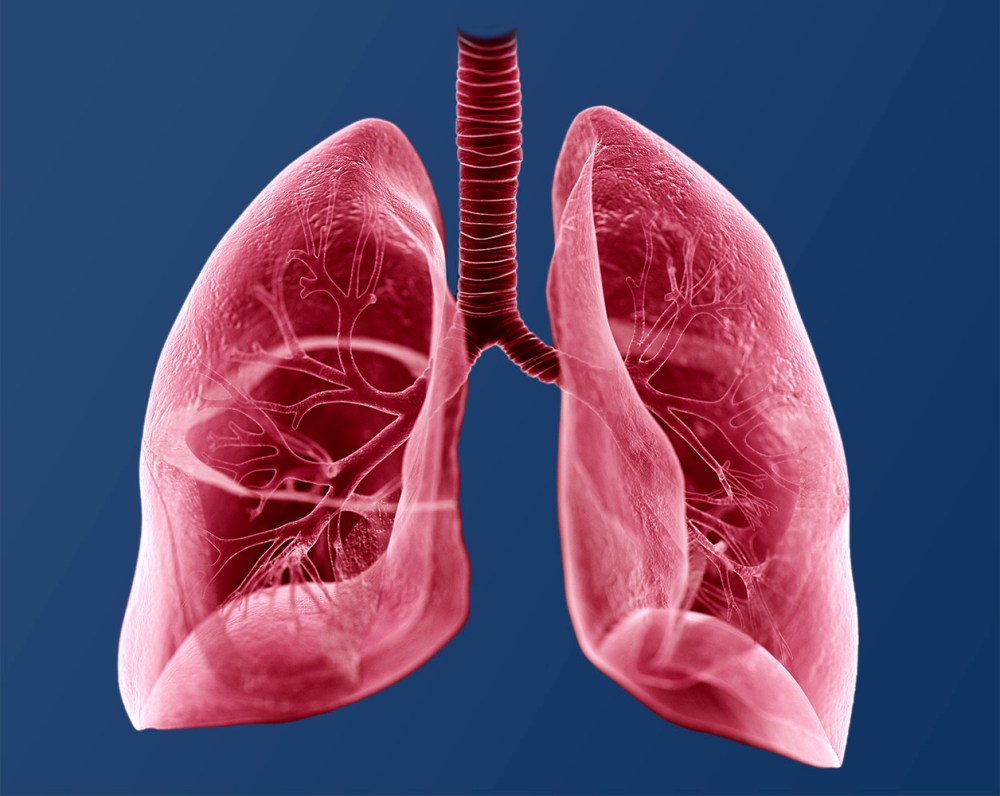Our Science
We are developing ensifentrine, the first inhaled treatment for respiratory diseases in a single molecule that inhibits both phosphodiesterase 3 (PDE3) and phosphodiesterase 4 (PDE4) resulting in bronchodilator and non-steroidal anti-inflammatory effects.

Pipeline
We are leveraging the novel profile of ensifentrine to build a robust pipeline of therapeutics for the treatment of chronic respiratory diseases.

Focus Areas
We are developing treatments for chronic respiratory indications with significant unmet needs.
Chronic obstructive pulmonary disease (COPD) is a progressive lung condition without a cure. It damages the airways and lungs, leading to debilitating breathlessness.
Non-Cystic Fibrosis Bronchiectasis (bronchiectasis) is a chronic lung disease. Patients suffer from persistent cough, excess sputum production and frequent respiratory infections.
Cystic fibrosis (CF) is a potentially fatal genetic disease characterized by the build-up of thick, sticky mucus and infection that can damage many of the body’s organs.
Asthma is a common chronic inflammatory disease that makes it harder to move air in and out of the lungs.
We welcome inquires from healthcare professionals.